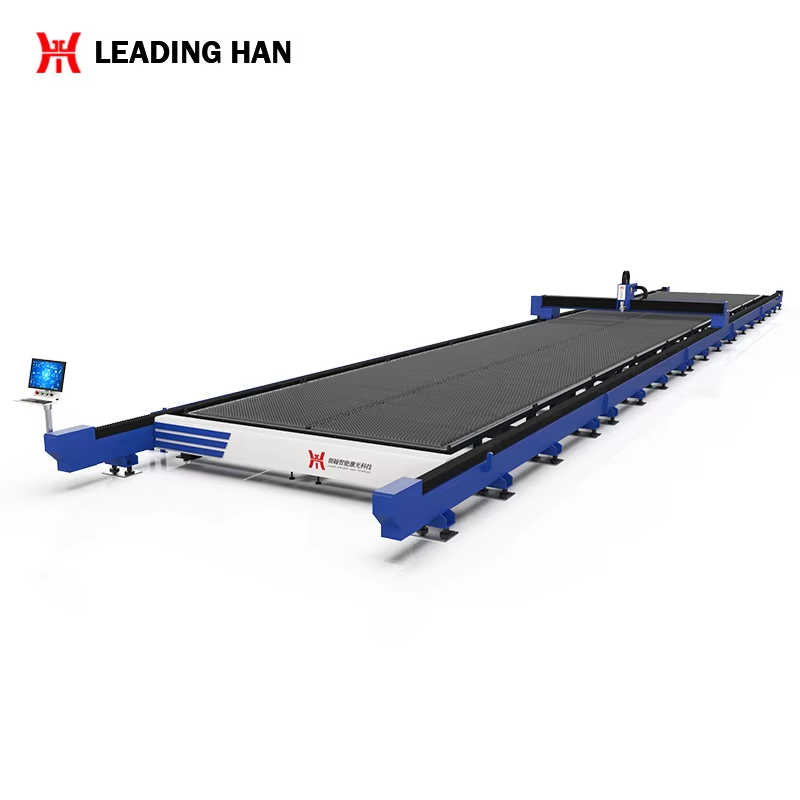In the realm of modern manufacturing and metalworking, oxygen negative focus cutting has emerged as a highly efficient method, particularly when it comes to carbon steel cutting. This technique not only enhances precision but also improves the overall quality of the cut, making it a preferred choice for many professionals in the industry. In this article, we will explore the intricacies of oxygen negative focus cutting, focusing specifically on carbon steel, and provide a comprehensive guide on how to effectively perform this process.
Understanding Oxygen Negative Focus Cutting
Oxygen negative focus cutting is a specialized cutting method that utilizes a focused oxygen jet to achieve high-temperature cutting of metals. The process involves directing a concentrated stream of oxygen onto the material, which ignites and burns through the metal. This technique is particularly effective for carbon steel due to its chemical composition and properties, allowing for cleaner cuts and reduced material wastage.
The Importance of Carbon Steel in Cutting Applications
Carbon steel is widely used in various industries due to its strength, durability, and versatility. It is crucial to understand the properties of carbon steel when performing oxygen negative focus cutting, as the material's response to heat can significantly impact the quality of the cut. The carbon content in steel influences its melting point and cutting characteristics, making it essential for operators to adjust their techniques accordingly.
Preparing for Oxygen Negative Focus Cutting
Before initiating the cutting process, proper preparation is key. This includes selecting the right equipment, ensuring safety measures are in place, and preparing the workpiece. Operators should choose a cutting torch that is compatible with oxygen negative focus cutting and ensure that the oxygen supply is adequate. Additionally, safety gear such as goggles, gloves, and protective clothing should be worn to prevent injuries.
Step-by-Step Guide to Perform Oxygen Negative Focus Cutting
1. Set Up Your Equipment: Begin by assembling your cutting torch and ensuring all connections are secure. Check the oxygen supply and adjust the pressure settings according to the manufacturer's recommendations.
2. Mark the Cutting Line: Use a marker to clearly outline the cutting line on the carbon steel piece. This will serve as a guide during the cutting process, ensuring accuracy.
3. Ignite the Torch: Carefully ignite the torch, adjusting the flame to achieve the desired temperature. A proper flame is crucial for effective cutting, as it ensures that the oxygen jet can penetrate the material adequately.
4. Begin Cutting: Position the torch at a slight angle to the workpiece and begin cutting along the marked line. Maintain a steady pace and ensure that the oxygen jet remains focused on the cutting area. Monitor the cut closely, adjusting the speed and angle as necessary to achieve optimal results.
5. Finish and Clean Up: Once the cutting is complete, turn off the torch and allow the material to cool. Clean the work area, removing any debris or metal shavings to maintain a safe working environment.
Challenges and Solutions in Oxygen Negative Focus Cutting
While oxygen negative focus cutting offers numerous advantages, it is not without its challenges. Operators may encounter issues such as excessive slag formation or uneven cuts. To mitigate these problems, it is essential to maintain the correct oxygen pressure, adjust the cutting speed, and ensure that the workpiece is properly secured during the cutting process. Continuous training and skill development for operators are also vital in overcoming these challenges and achieving high-quality cuts.
Industry Trends and Future Directions
As technology advances, the field of oxygen negative focus cutting is evolving. Innovations such as automated cutting systems and enhanced safety features are becoming increasingly prevalent. Additionally, the growing emphasis on sustainability is driving the development of more efficient cutting methods that minimize waste and energy consumption. Staying abreast of these trends is essential for professionals looking to maintain a competitive edge in the industry.
In conclusion, mastering oxygen negative focus cutting for carbon steel applications requires a thorough understanding of both the technique and the material properties. By following the outlined steps and being aware of potential challenges, operators can achieve high-quality cuts that meet the demands of modern manufacturing. As the industry continues to evolve, embracing new technologies and practices will be crucial for success in this dynamic field.

